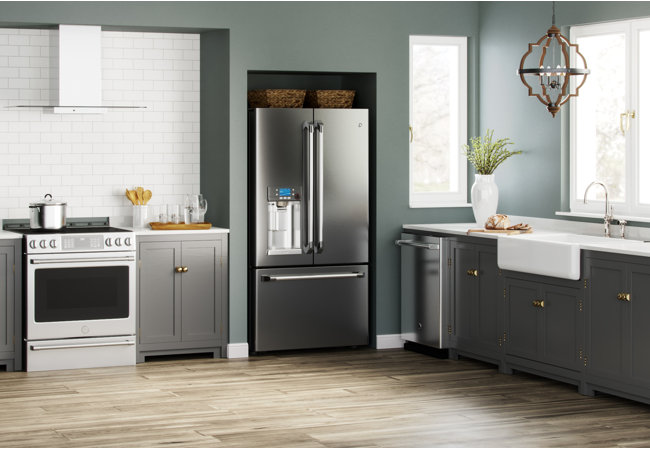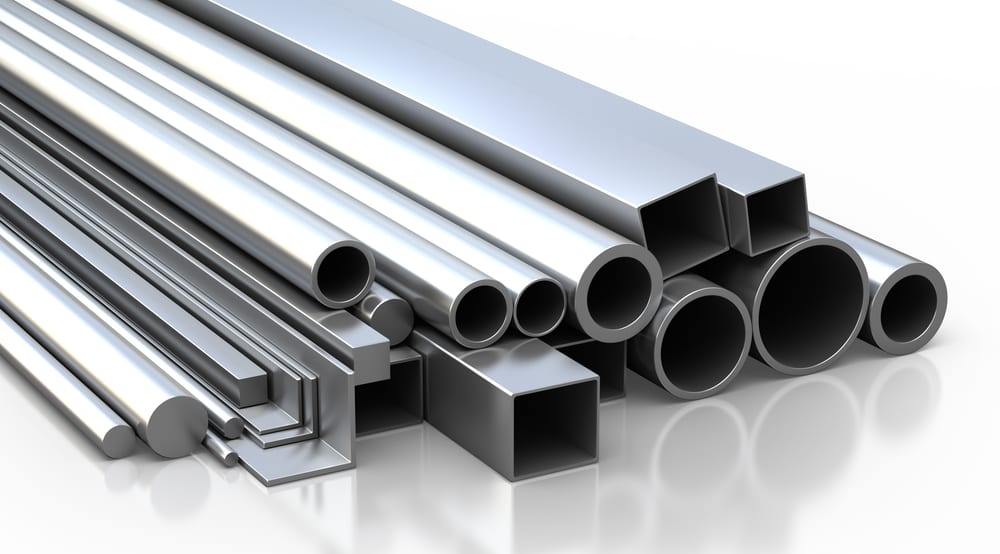5 Metals and Alloys to Consider When Remodeling Your Home

A home improvement project gives you the chance to learn about different metals and alloys. It can boost your creativity and give you some basic interior design knowledge. For example, instead of sticking to only one type of alloy or metal, you can mix several types and create a well-balanced aesthetic.
Decorating and designing with various alloys and metals gives your home more character. On the other hand, using only one type of metal or alloy may achieve a more streamlined look, but it can’t exhibit an eclectic feel, which designers love.
Of course, you shouldn’t remodel your home to impress designers. But having a designer approve your aesthetic can ensure that your remodeling project has boosted your home’s value. In addition, it confirms that you’re using different metals and alloys correctly.
Without further ado, let’s walk through the five metals and alloys to consider for your home improvement project:
1. Stainless Steel
Stainless steel is undoubtedly the most popular alloy in home construction and improvement. This alloy may be on the pricier side, but it’s worth every penny. Stainless steel is durable, corrosion-resistant, and versatile.
You can use the alloy as gate or fencing material. Its polished silver finish spares you the task of painting your stainless steel gates or fences. The material will be perfect for a contemporary or industrial home.
You can also use stainless steel tubes and pipes as stair handrails. They’ll look lighter on the eyes compared to old-fashioned wood or iron.
If you love working in your kitchen, consider using stainless steel countertops. Despite their utilitarian appearance, they fit contemporary and Muji-style homes. They’re practical, easy to clean, and nearly indestructible. Hard and heavy objects may bump or fall on their surface, but a stainless steel countertop won’t give. In addition, stainless steel is non-porous, unlike granite and marble. Hence, it won’t absorb liquid and suffer irremovable stains.

2. Aluminum
If you’re looking for inexpensive metal doors and windows, try aluminum. It’s a popular material for screen doors and window frames. It also works as framing for glass doors.
Aluminum may be considered a soft metal, but it offers superior durability and rust resistance. But don’t expose it to direct sunlight. Aluminum’s high heat conductivity makes it weaken under the sun.
Thankfully, you can use aluminum treatments to make it tougher. Anodizing and painting are two common treatments. The processes provide a protective layer over aluminum, helping it last longer and resist damage.
3. Wrought Iron
Wrought iron is usually seen as gates, fencing, and railings. It’s a traditional material, but it still fits most contemporary aesthetics. Moreover, wrought iron fulfills all practical needs gates and fences should provide: security and outstanding curb appeal.
You may hear wrought iron addressed as the “100-year fence.” That’s because it’s the most durable fencing material, able to last up to a hundred years and possibly more.
Note that wrought iron isn’t the same as iron. Wrought iron has a lower carbon content, making it more resilient than iron against the elements. Furthermore, wrought iron requires little maintenance. You only need to repaint, repair, or refinish it every few years. It can rust, so it needs constant protection against water and moisture.
4. Brass
Brass is often used as hardware (e.g., doorknobs, cabinet handles) or decorative additions. For instance, a brass chandelier or pendant light adds elegance and timeliness to a space.
Unlacquered brass is a good option for a traditional or country house aesthetic. Over time, it will take on a greenish finish, called a patina. A patina on unlacquered brass means it has tarnished, but many homeowners see it as a unique aesthetic.
Choose a lacquered finish if you don’t want your brass to tarnish. The lacquer protects the brass from the elements and lets it stay shiny and more yellow-toned throughout its lifetime.
5. Copper
Copper is an alternative to brass, but it is more versatile. You can use copper as a kitchen sink, hardware, faucet, downspout, and wall cladding. But, like brass, copper also exhibits a patina over time.
No matter because copper has antibacterial, antifungal, and antiviral properties. The United States Environmental Protection Agency (EPA) had recognized it as the first antimicrobial metal in 2008. Hence, copper is an excellent metal to add to your kitchen and bathroom. The kids can play on it, and you’d stay assured that they won’t contaminate their hands.
Your home can showcase more visual interest with these five metals and alloys. Metals and alloys are easier to maintain than wood, allowing you to spend less time and money on upkeep. For that reason, you won’t regret splurging on them.